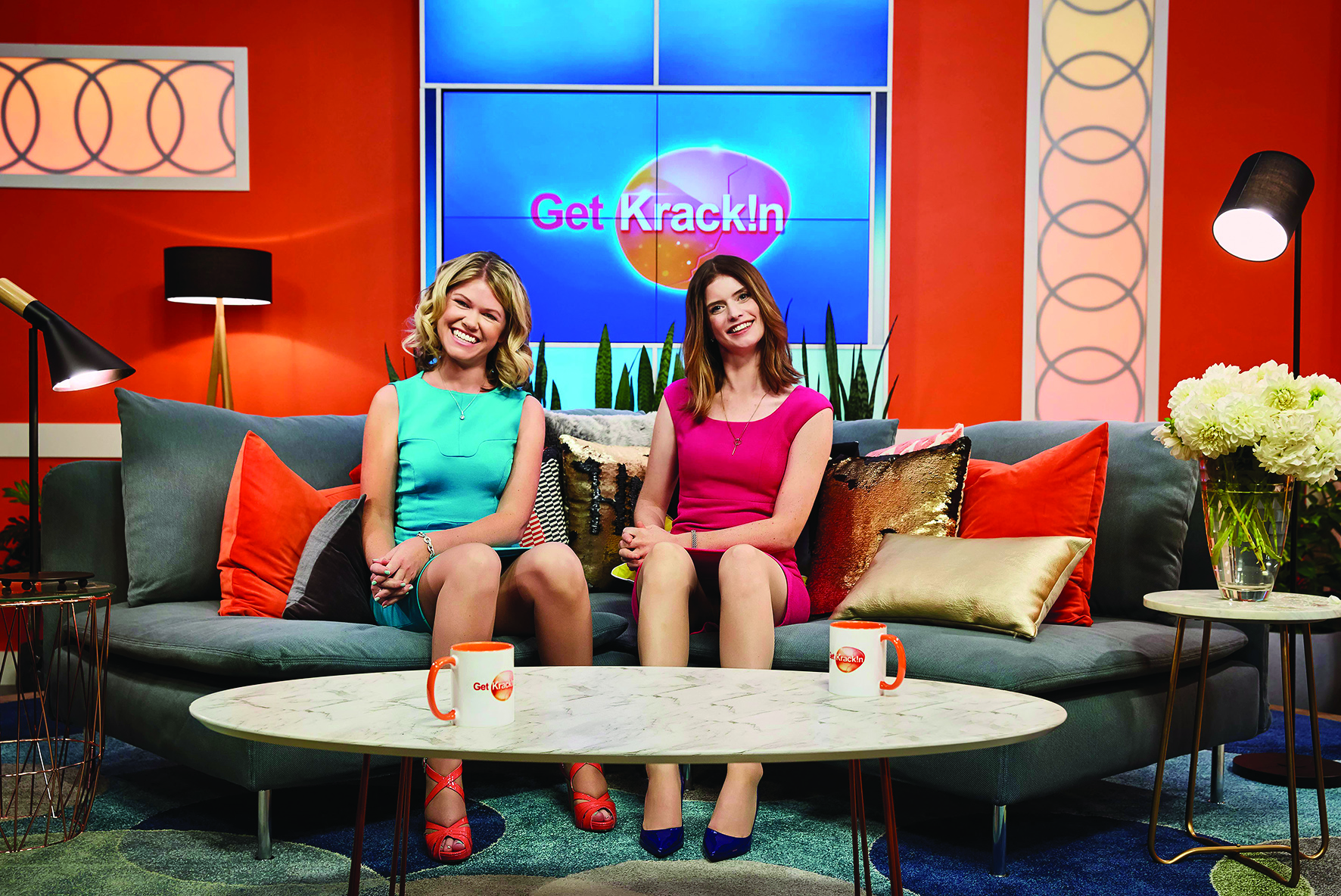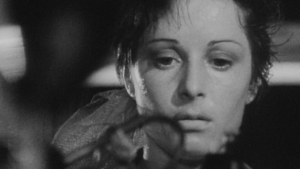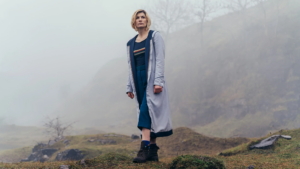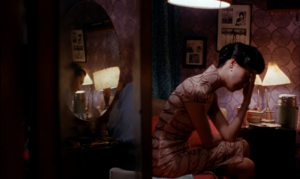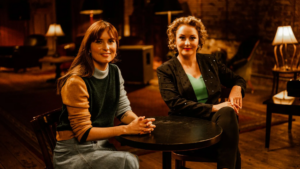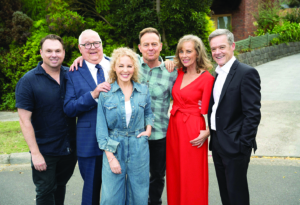From its beginnings in 2013 as a single-day event, Melbourne WebFest – founded by Steinar Ellingsen, a former journalist, academic and early adopter of the form, as the creator of the award-winning 2011 documentary web series The Inland Sea: An Australian Odyssey – has grown into a four-day festival of screenings, forums and industry events, including an opportunity to pitch to ABC iview. Now, there are awards offered in twenty-five categories, eligible to both local and international titles. The 2018 festival saw 1600 attendees, and was sponsored by La Trobe University, Film Victoria and Screen Australia. These days, these industry players are all taking short-form content very seriously indeed, as are the free-to-air broadcasters and streaming services.
Certainly, there’s been an explosion in web series on local shores. According to the Film, Television and Digital Games Survey conducted by the Australian Bureau of Statistics for Screen Australia last year, the number of episodes created grew from just 107 over the 2011/12 financial year to a whopping 3248 in 2015/16. Meanwhile, the amount of traditional TV drama created in Australia fell from 632 hours to 497 in the same period, and TV documentaries dropped from 566 hours to 444. The establishment of Screen Australia’s Multi-platform Production fund in 2012 has no doubt played a huge role in encouraging this activity. The current iteration of the initiative (now called the Online Production fund) allows applicants to seek up to A$500,000 per project – a significant amount for a young creative team.
By definition, a web series consists of scripted or non-scripted videos released in episodic form on the internet or some web-television medium. This encompasses everything from the premium hour-long episodes of US Netflix drama like House of Cards to the most amateur minute-long episodes of backyard YouTube comedy. It’s in the mid-range between these extremes that Screen Australia, the state film agencies and our public broadcasters are trying to test talent, support emerging careers and build audiences.
Owning the space so far is the ABC’s iview platform, which celebrated its ten-year anniversary in July earlier this year. It has long been active in commissioning for online audiences, especially in the comedy arena. Everyone talks about the success of anarchic cooking-show parody The Katering Show, which started as an independently made YouTube hit in 2015; the following year, it received ABC support for a second series, with the public broadcaster giving creators Kate McLennan and Kate McCartney their own follow-up morning-show parody, Get Krack!n, in 2017.
Another approach was the Long Story Short initiative in 2016, in which Screen Australia and iview collaborated to support five projects from concept to script to broadcast. A total pool of A$1.5 million was set aside to fund these short-form digital-first series, all of which were aimed at audiences aged eighteen to thirty-five. The initiative has attracted a diversity of styles and genres, and evidences a deliberate strategy of matching established and relatively new talent.
So far, we’ve seen four of these projects reach screens. The eccentric, sometimes-bizarre five-part ‘Oz-noir’ comedy The Edge of the Bush, which premiered in 2017, was created by stand-up comedian Anne Edmonds. In the series, she also stars as four members of a dysfunctional family – a ‘calisthenics dynasty’ torn apart by incest and forced into a reunion. The series was directed by McCartney of The Katering Show fame.
Screen veteran Sue Maslin also lent her experience as executive producer on the Long Story Short web series Other People’s Problems, which appeared on iview later that year. The sweet five-part dramedy, written by newcomers Penelope Chai and Jane Dickenson, is based on real problems and the letters that solved them.
Most recently, we’ve seen the two most polished and aesthetically ambitious web series to emerge from Long Story Short thus far. The first was F*!#ing Adelaide, a beautifully shot and performed six-part family drama by Closer Productions, which was headed up by accomplished producer/director Sophie Hyde. And there’s the slickly made four-part Indigenous period piece Wrong Kind of Black, which was also broadcast as a one-hour special on the ABC. Based on Indigenous storyteller and DJ Boori Monty Pryor’s life from 1960s Palm Island to the ‘blood-splattered dance floors’ of 1970s Melbourne’s nightclubs, the series was produced by Princess Pictures (which also brought us Chris Lilley’s Summer Heights High and We Can Be Heroes).
Looking outside of iview, this year has brought multicultural broadcaster SBS’s first web series created specifically for SBS on Demand: the truly original Homecoming Queens. The seven-part series was shot, and is set, in Brisbane, and created by Chloë Reeson and Michelle Law. Law also stars as a version of herself, making you realise how rare it is to see Asian-Australian faces on TV. Directed by Corrie Chen (another Asian-Australian talent), Homecoming Queens is a semi-autobiographical dramedy about twentysomething friends struggling with cancer and alopecia. A big winner at the 2018 Melbourne WebFest Awards – nabbing the Best Australian Comedy, Best Directing, Best Screenplay and Best Lead Actor gongs – Homecoming Queens was also so well received on SBS on Demand that it was later screened as a one-hour special on terrestrial channel SBS Viceland.
It remains to be seen exactly how well all these agency-financed web series will connect with audiences in the long term. But it’s exactly the long term that matters here, and that’s the beauty of online delivery, whereby an audience can build slowly and access at their own pace. And, if we’re measuring success by more than audience numbers and looking at talent generation and development, then, of course, the web series remains one of the most important formats to consider.
